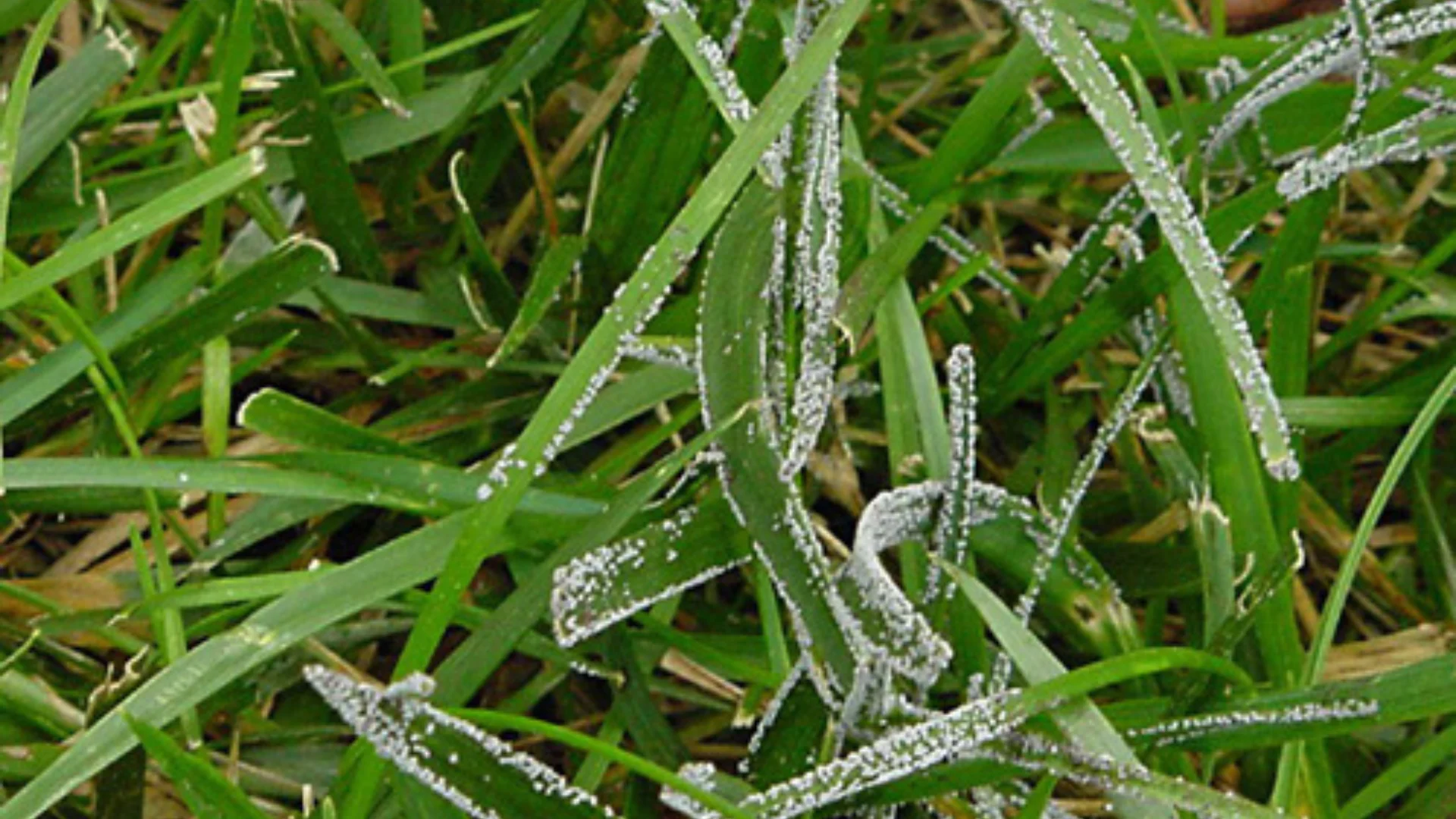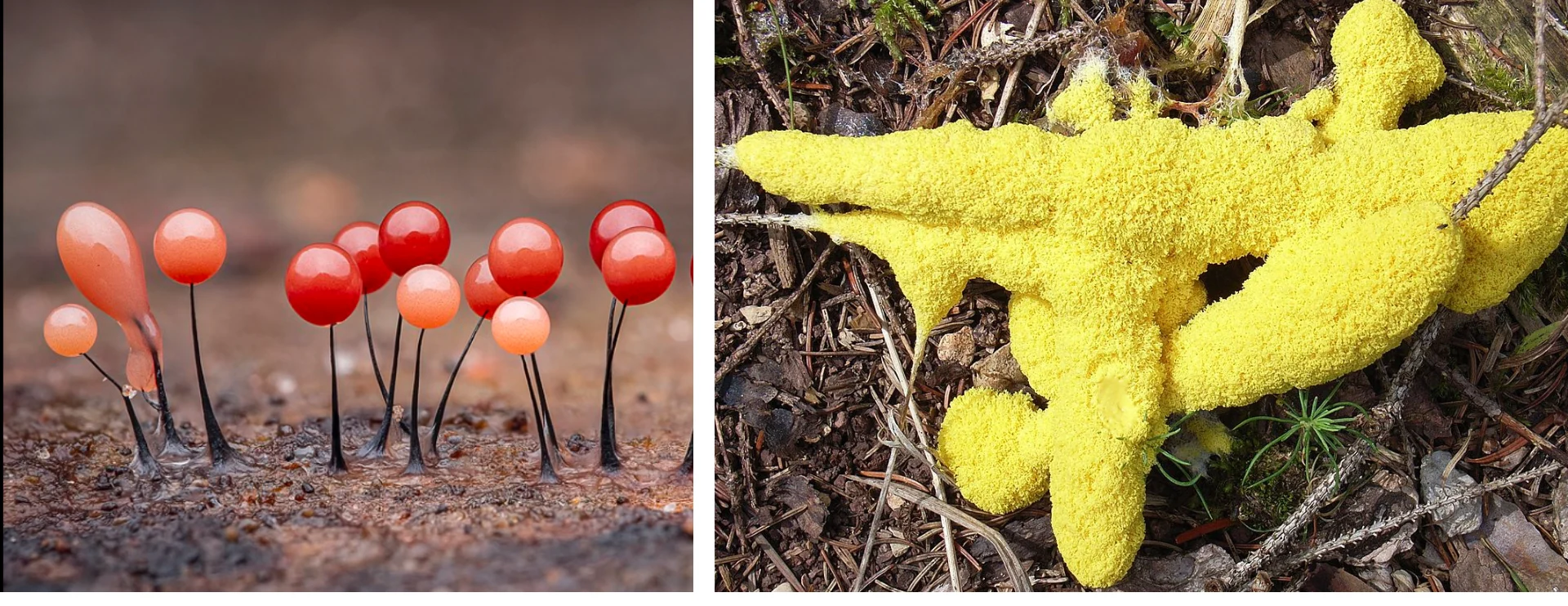
Strange-looking blobs appear in Colorado lawns after heavy rain
The 'blobs' aren't commonly seen in Colorado due to its dry climate.
A stint of rainy weather in Colorado has caused strange-looking blobs to appear on green spaces. A viewer recently sent Denver7 ABC a photo of several small, mysterious blobs covering blades of grass, similar to what you're seeing in the photo above.
Expert analysis suggests the blobs are slime mould - a helpful predator that cleans the environment. It isn't common in Colorado due to its dry climate, but wet weather can bring them about.
The mould won't harm the grass, and there isn't much homeowners can do to get rid of the blobs, which should go away on their own in about a week. Less watering could reduce the appearance of slime mould because they thrive in wet conditions.
“They are kind of the alpha predators of the microbial world, and essentially what they're doing is they're crawling along the ground and looking for bacteria and other fungi to eat and consume," Associate Curator of Mycology at Denver Botanic Gardens Andrew Wilson told Denver7 ABC.
“They don't harm people or animals. They’re just out doing their business and cleaning up the environment.”
What is slime mould?
Globally, there are more than 900 species of slime mould, but despite what the name suggests, they aren't a type of mould.

Left: Comatricha nigra slime mould (Alexis Tinker-Tsavalas/Wikipedia CC BY 4.0) Right: 'Dog vomit' slime mould (Kreis Tuttlingen/Wikipedia Public domain)
The species exhibits some characteristics common to fungi but also those demonstrated by animals.
Classified as eukaryotic organisms, they are “not an animal, plant, or fungus,” according to the National Park Service (NPS). There are two types of slime mould, per the NPS.
First, we have cellular, which remains a single cell until it detects a food source. At that point, it emits a chemical signal attracting other moulds. They band together to form a mass capable of movement although each cell maintains individuality. You won't see a clump of these guys rumbling through the forest, though. They're so small the naked eye can barely detect them.
Stemonitopsis typhina slime mould. (NPS)
Next, there are plasmodial slime moulds, which begin as individual amoeboid cells only to join together to form a "super-cell" that eventually matures into a network of "interconnected filaments" which can move as a unit.
You might be able to see this type in the forest, as they can be pretty big. The largest recorded to date was over 30 square metres.
RELATED: Have a look at some of the world's weirdest mushrooms
Header image: File photo of slime mould (Kansas State University)











